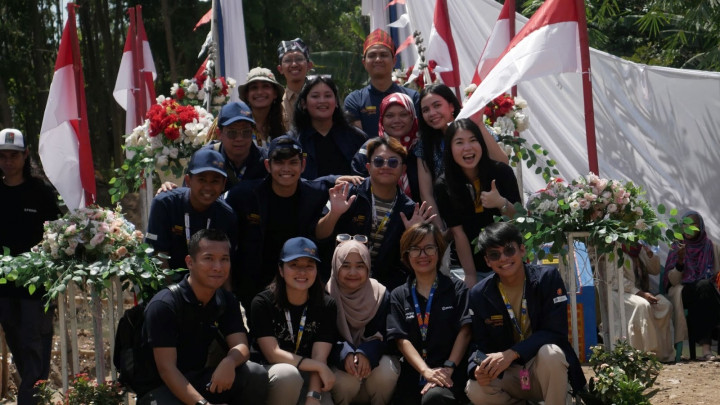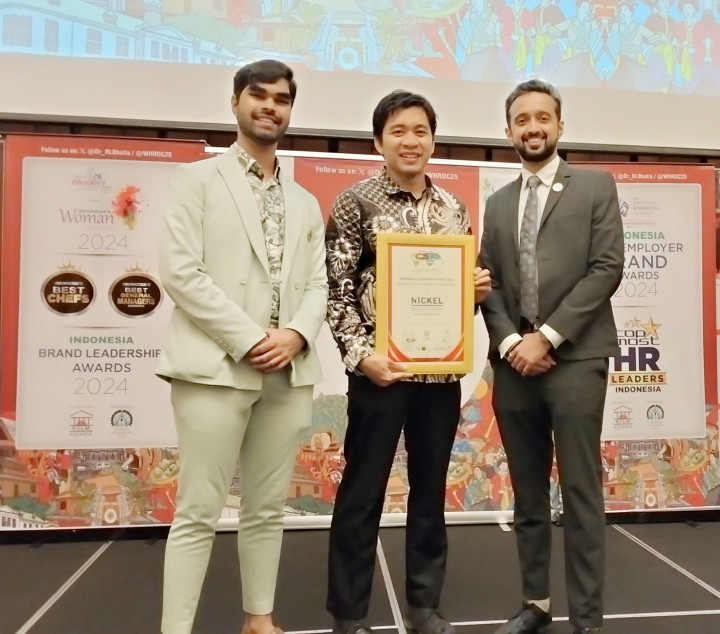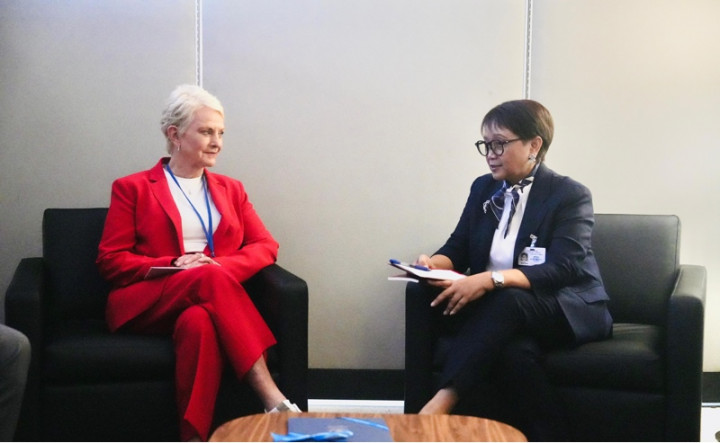Maputo: Mozambique has become the first country to receive payments from a World Bank trust fund for reducing emissions from deforestation and forest degradation—commonly known as REDD+.
The Forest Carbon Partnership Facility (FCPF) paid Mozambique $6.4 million for reducing 1.28 million tons of carbon emissions since 2019.
The payment is the first of four under the country’s Emission Reductions Payment Agreement (ERPA) with the FCPF that could unlock up to $50 million for reducing up to 10 million tons of C02 emissions in Mozambique’s Zambézia Province by the end of 2024.
To receive the first payment, the African country submitted an official monitoring report confirming the emission reductions; an independent third-party verification was conducted between September 2020 and May 2021.
The payments reward efforts to reduce carbon emissions by tackling deforestation and forest degradation.
"Preventing deforestation and increasing efforts to restore those that have already been damaged are the twin actions essential to ensuring a safer, climate-resilient and more prosperous future for local communities and the country as a whole," said Idah Pswarayi-Riddihough, World Bank Country Director for Mozambique, Madagascar, Mauritius, Seychelles, and Comoros, in a press release on Friday.
"These efforts are costly and payment agreements such as these can be a game changer as they provide much needed finances to improve sustainable forest management and resilience," the World Bank official added.
The payment is an acknowledgement of Mozambique’s contribution to the implementation of emission reduction activities, such as adopting sustainable agriculture practices, monitoring use of forest resources or restoring degraded land.
Currently the program covers nine districts of the Zambézia Province: Alto Molocue, Gile, Gurue, Ile, Maganja da Costa, Mocuba, Mocubela, Mulevala and Pebane. Local communities will receive a previously agreed-upon portion of the payments in relation to their contribution to reducing deforestation.
A benefit sharing plan prepared with local actors and communities that have contributed to the results will ensure that they receive the majority of the benefits.
This will allow the stakeholders to continue promoting community management of natural resources and restoration of degraded areas, while stimulating conservation-friendly, nutrition-sensitive, and climate-smart farming models.
About 43 percent, or 34 million hectares of Mozambique’s overall territory, is covered by natural forests that have been severely degraded over the years.
This program seeks to reduce deforestation and forest degradation while improving the lives of rural populations in the Zambézia Province.
In August 2021, Mozambique will submit its second Emission Reduction Monitoring Report, covering the period from January 2019 to December 2020.
By the end of 2024, the country expects to avoid emissions of 10 million tons of carbon.
Cek Berita dan Artikel yang lain di Google News
FOLLOW US
Ikuti media sosial medcom.id dan dapatkan berbagai keuntungan



















